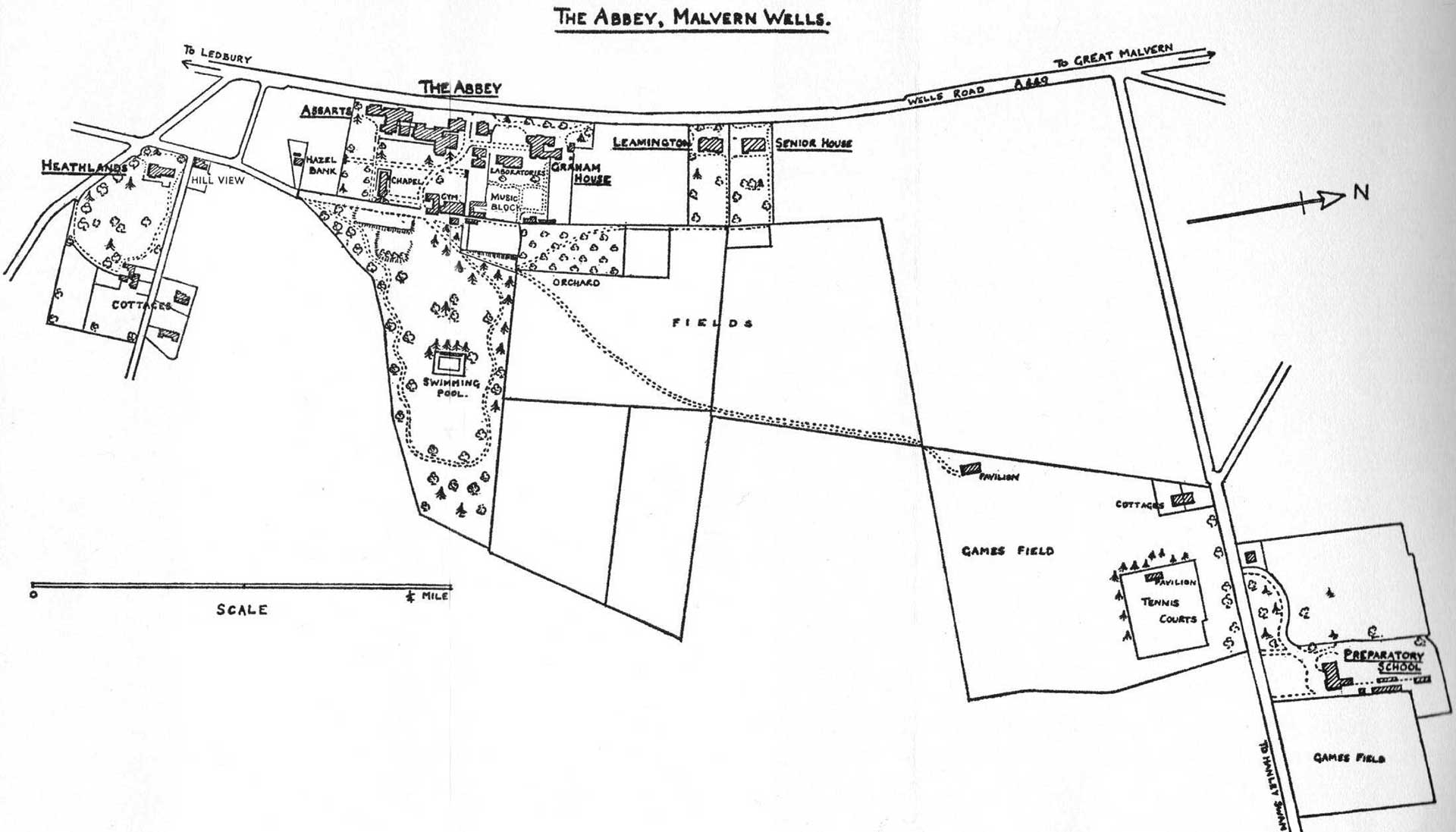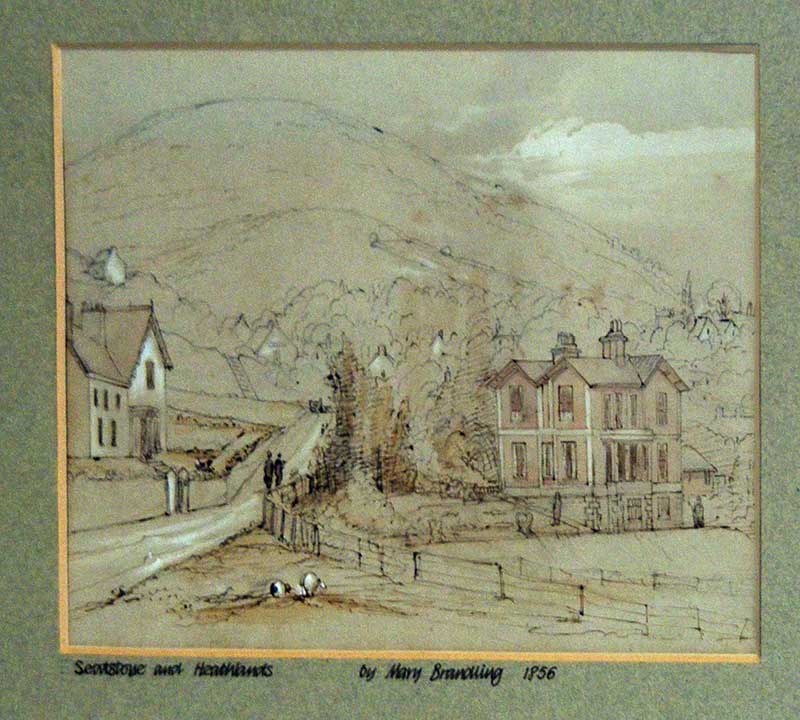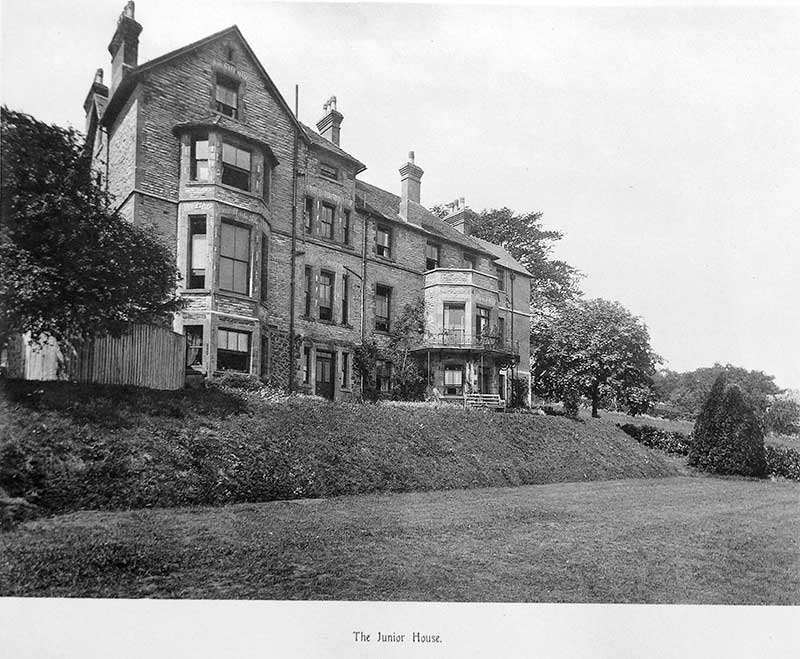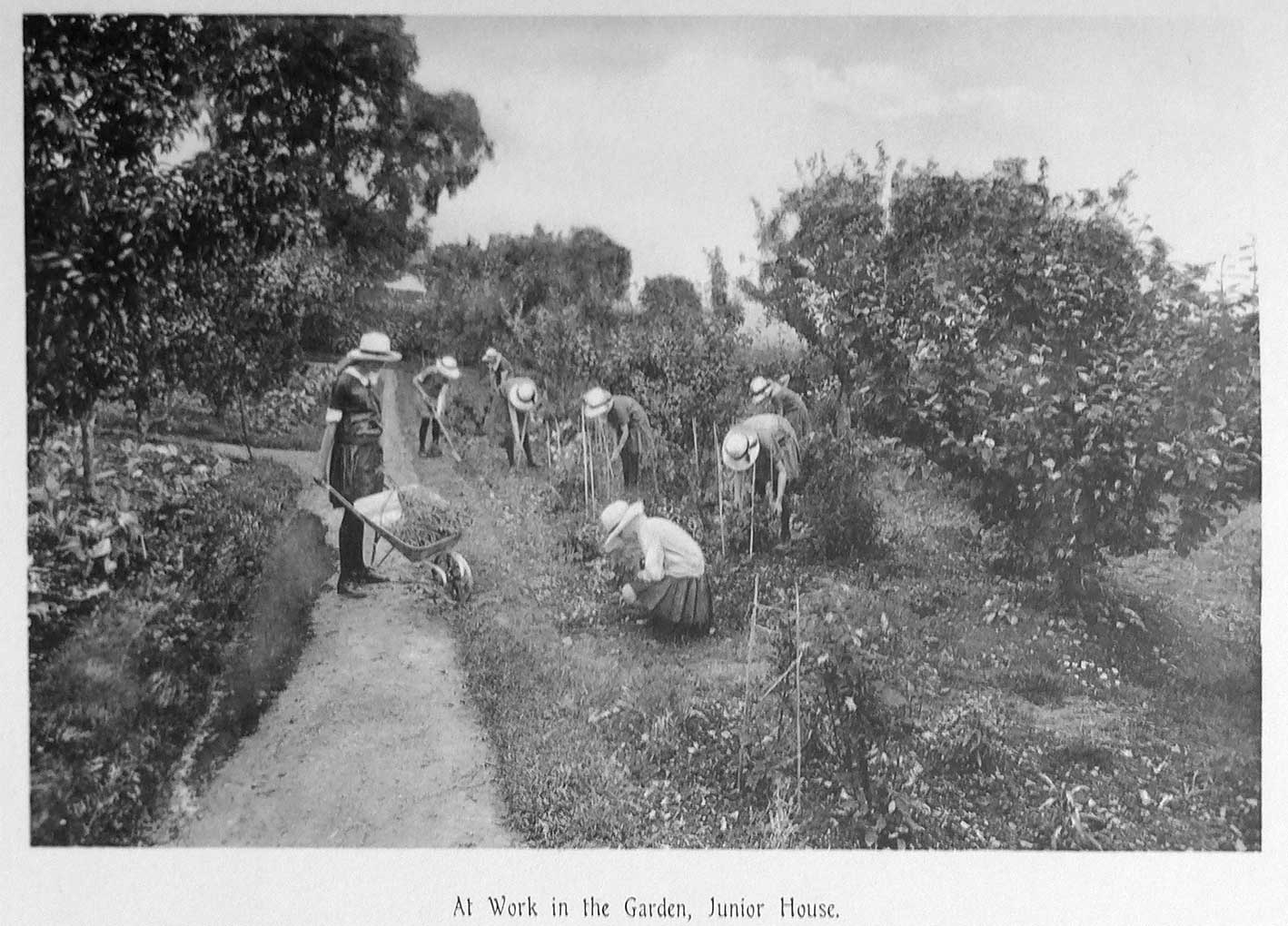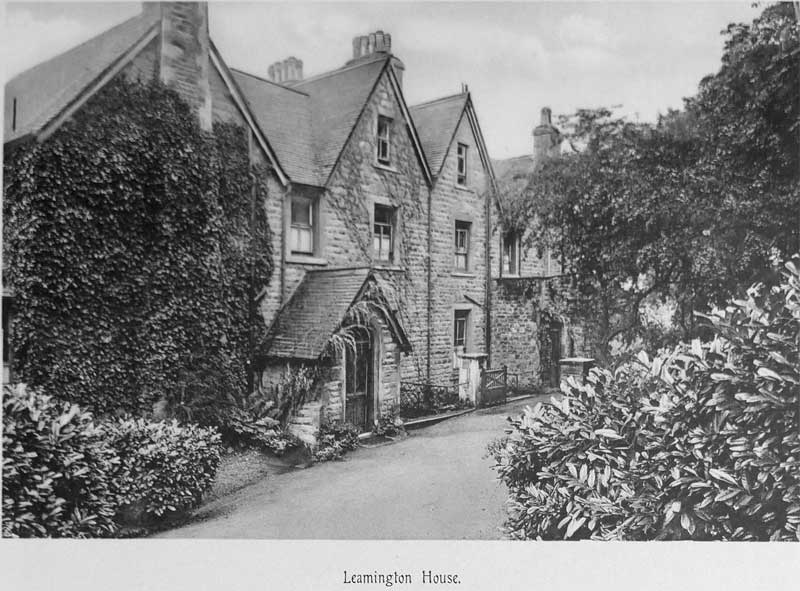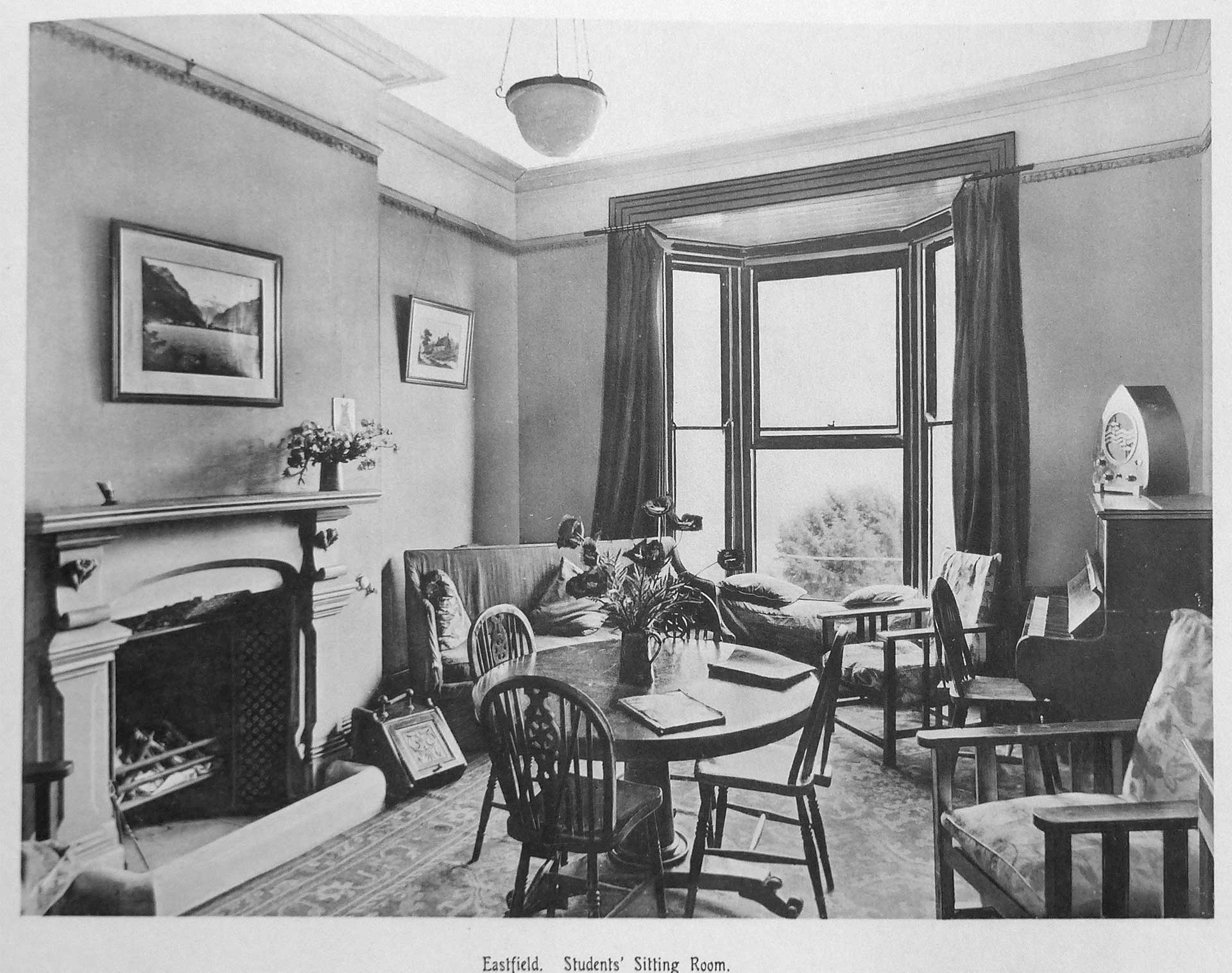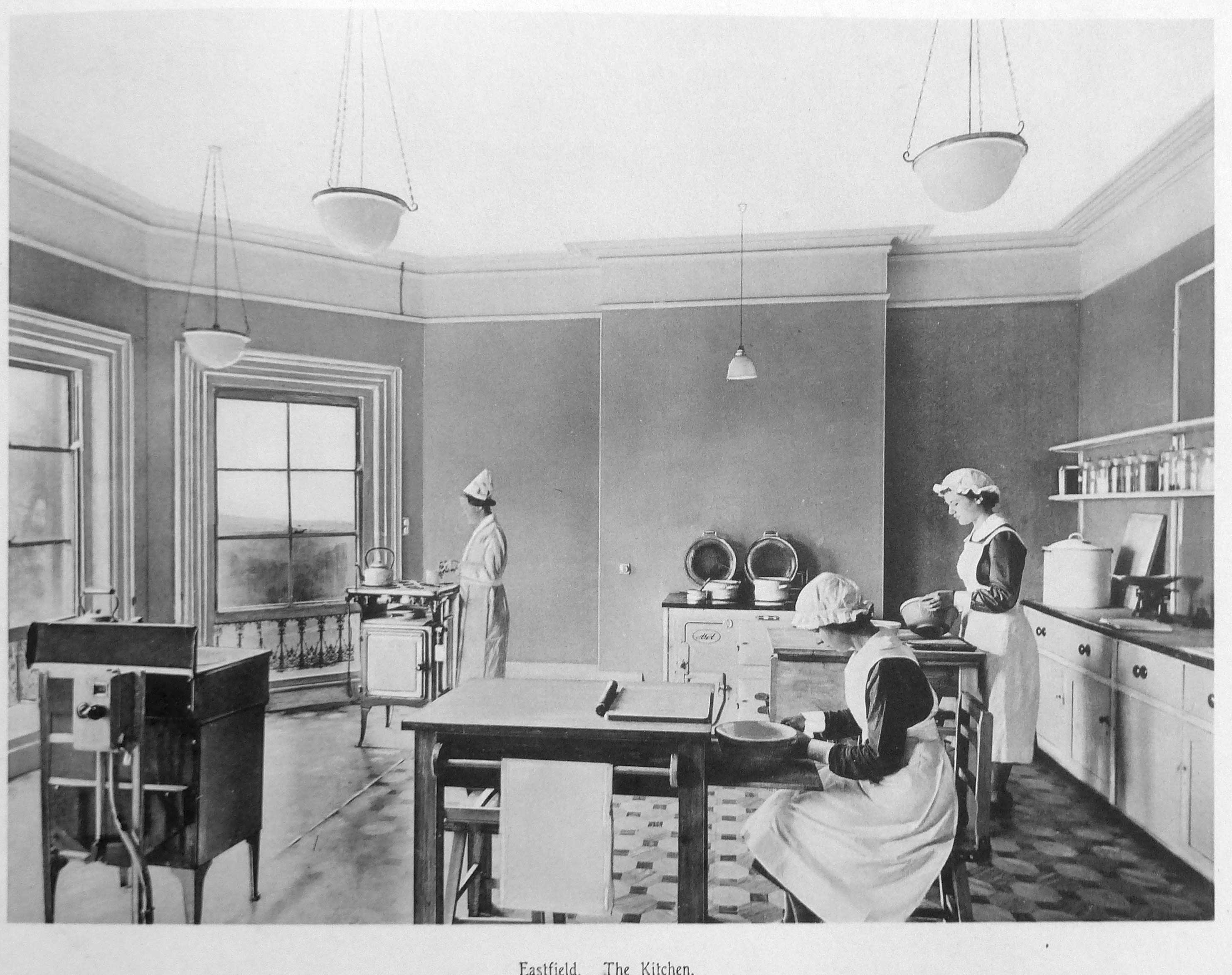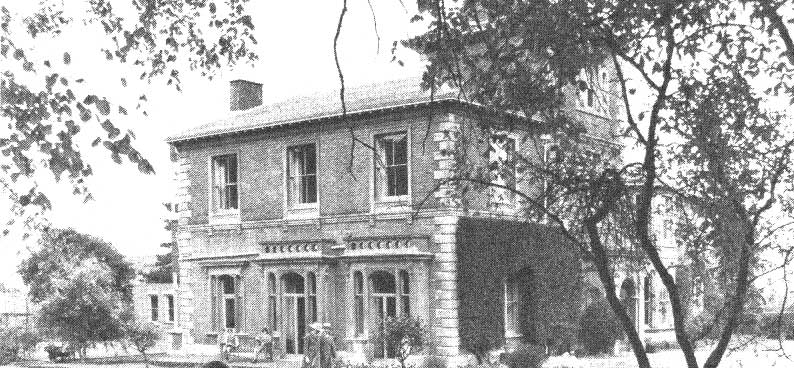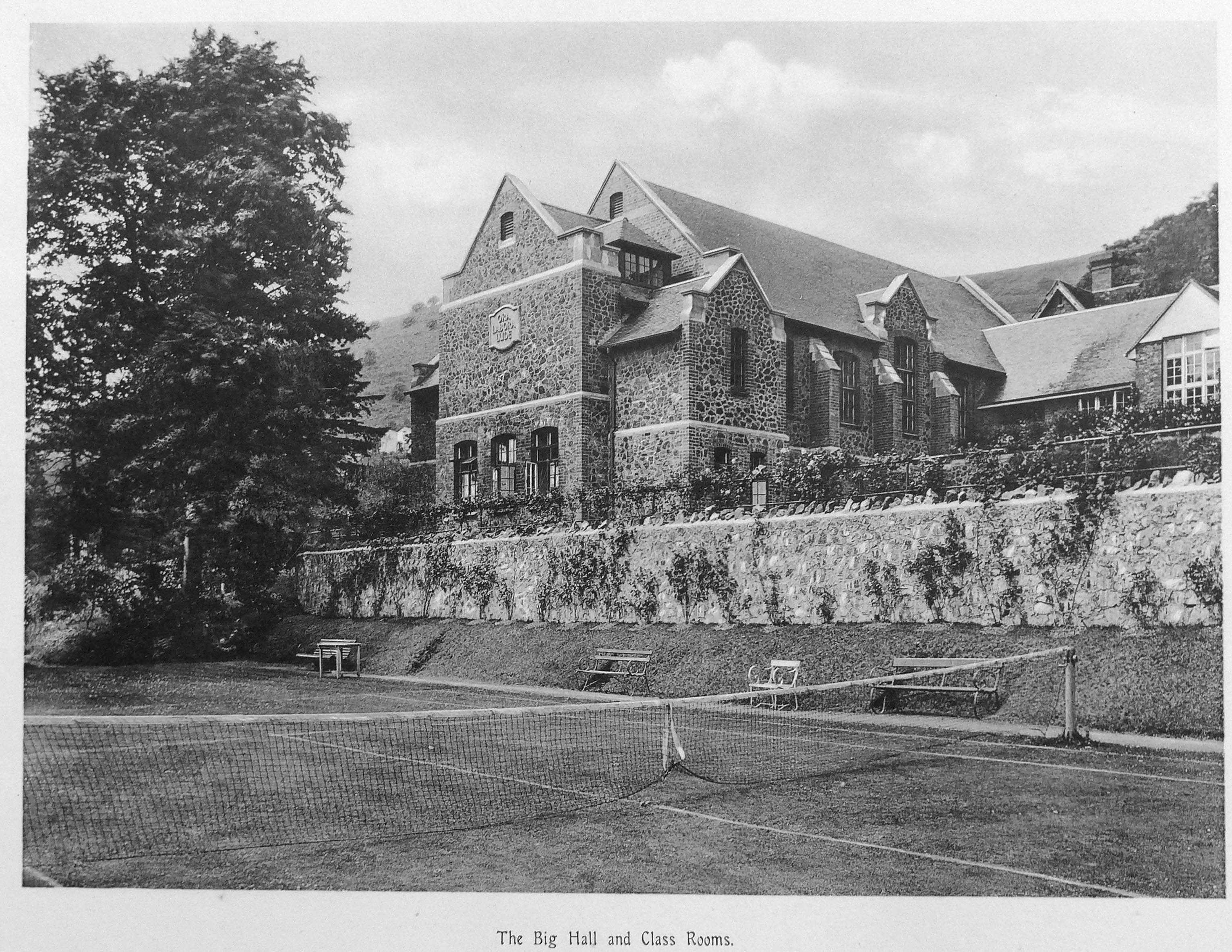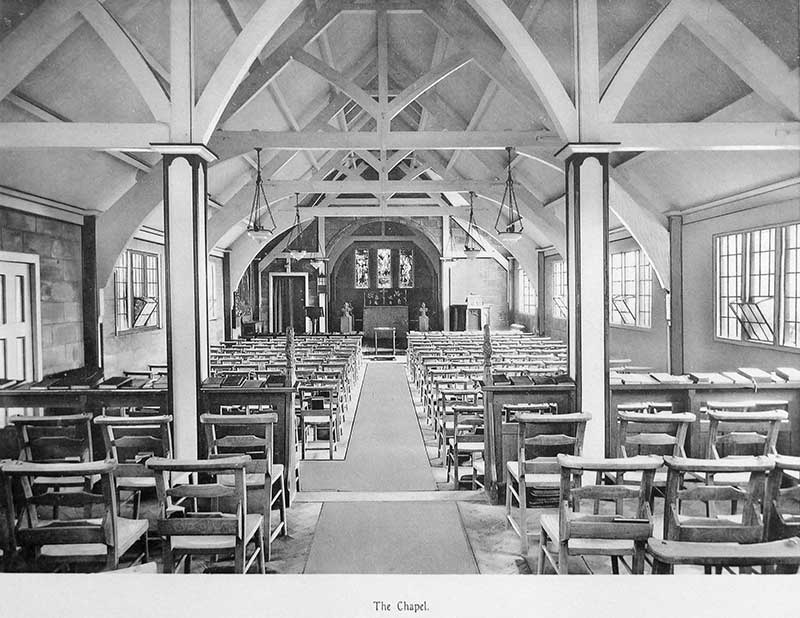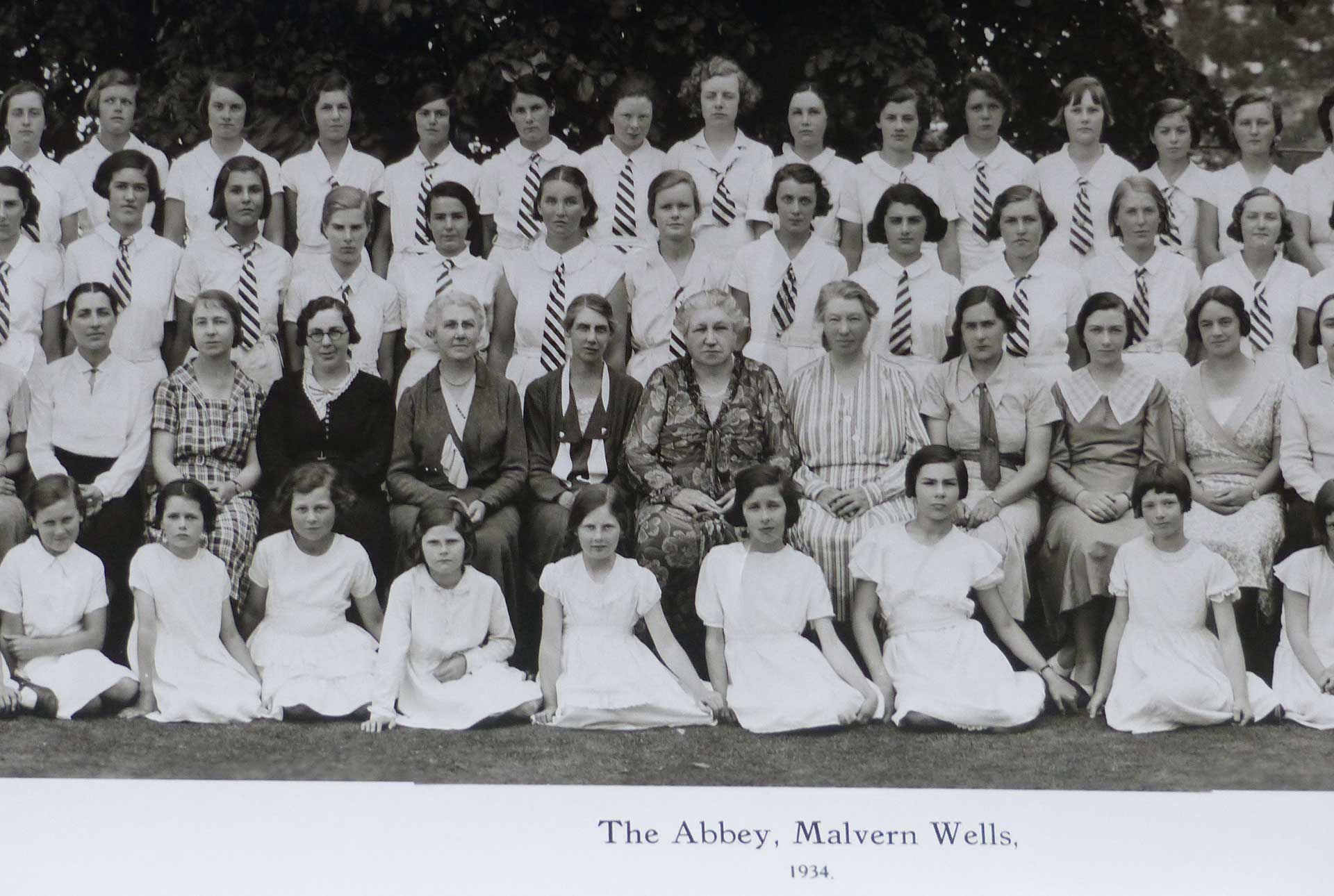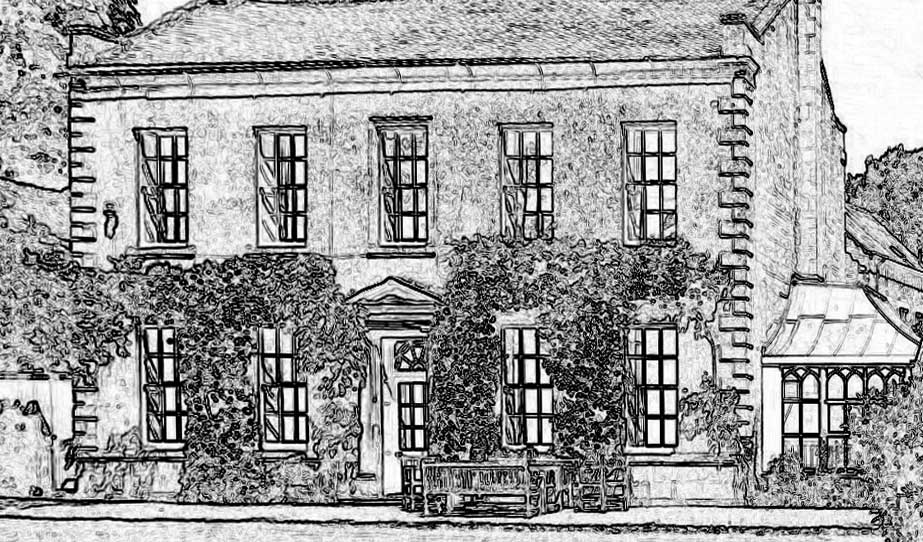
Angus and Rosemary's Miscellany
of Malvern - Local History
|
History menu > The story of the Abbey School, Malvern WellsOverviewThe Abbey School in Malvern Wells grew from small beginnings in the Cotswold village of Blockley into a well known Public School for girls. Florence Judson, assisted by her sisters Margaret and Alice, brought the school to Malvern Wells in 1908, where it expanded considerably, becoming a Public School in 1933. In 1979 as a result of reducing demand for boarding school places The Abbey School left Malvern Wells and amalgamated with St James School in West Malvern, which itself later amalgamated with Malvern Girls' College to form the prestigious Malvern St James School in Avenue Road. This page relates the history of the school and the properties occupied, while also providing biographical information about the Head Teachers and their families. Do let us know if you would like your photos or memories of The Abbey and its teachers added to this page. The beginningsOur story starts in 1865 when chemist William Judson of High Wycombe married Margaret Wilkinson at Mildmay Park, a Non Conformist chapel in Islington. William was the youngest son of Congregational Minister Rev William Judson (1778 - 1851) by his fourth wife Elizabeth Towell, while Margaret was the youngest daughter of Henry Dawson Wilkinson (deceased), described in the 1851 census as a silver plater of Sheffield employing 16 men. A Congregational Journal relates:
An advertisement of 1865 indicates that at the time of his marriage William Judson the younger was already established as a Chemist and Bookseller.
The 1871 census records William and Margaret Judson living at 5 Church Square, High Wycombe, in Buckinghamshire with children William (junior), Florence, Margaret and Gertrude. Later the couple went on to have 3 more children Charles, Henry and Alice, but sadly Gertrude did not live to her first birthday. Tragedy struck on the 23rd November 1879 when William, a well respected and active member of the community like his father, died aged only 45 years. Margaret, then a widow with six young children aged between 4 and 13 years, had to find some means of support. The first school at BlockleyMargaret Judson was obviously very proactive, for little more than a year later she had moved to the picturesque Cotswold village of Blockley and established a small school both to educate her children and provide an income - the 1881 census records her as the Principal of a small Boarding School at Malvern House.
Sketch of Malvern House Blockley Only 8 years later tragedy struck for a second time when Margaret herself died on 24th August 1889 at St Peter Port, Guernsey aged only 50 years, leaving her six children orphans. By then Margaret's eldest son William and executor was himself a teacher at a grammar school at Newport on the Isle of Wight. The 1891 census indicates Florence Judson now aged 23 years had taken over the boarding school at Malvern House in Blockley from her mother assisted by her sister Margaret, while Alice the youngest remained a pupil. Hazel Bank Malvern LinkAbout 1897-1899 Florence and Margaret Judson moved their boarding school for girls to a similar house named Hazel Bank on the Worcester Road in Malvern Link.
Hazel Bank (credit: Paul Ferris) The Judsons were assisted in this endeavour by Rev Edward James Houghton. He had become vicar of Blockley in 1878, just before the arrival of the Judson family. Between 1871 and 1878 he had been Inspector of Schools for the Worcester Diocese. In 1880 Edward was promoted to Rural Dean for Blockley and became Secretary of the Diocesan Board of Education and an Honorary Canon of Worcester Cathedral. Rev Edward James Houghton, Canon of Worcester, and for 40 years Vicar of Blockley, died in his Vicarage on October 21st 1919 aged 85 and is buried in the churchyard of St Peter and St Paul, Blockley, where the TV series Father Brown is filmed. In the 1860s, Hazel Bank at 179 Worcester Road, Malvern Link, had been a school for boys run by the Rev Allan. The 1876 Post Office Directory of Worcestershire next record it as a ladies' school run by Rhoda Eliza Jones, but that year the London Gazette also records her business in voluntary liquidation; Rhoda's husband is described as William Jones, Dissenting Minister of St Kilda, Australia. In 1881 Hazel Bank was again a ladies' school run by Fanny Somerville and her widowed mother Frances. Trade Directories record Fanny Somerville at the School until 1900. Then the 1901 census records Fanny having a small school in the parish of Mere St Michael in Wiltshire; perhaps after 20 years Fanny needed a change. This suggests the Judson sisters may have taken on Hazel Bank in Malvern Link about 1899 though other accounts suggest 1897. It is said there were about forty pupils and a witty girl, Zelma Stephens, was editor of the school magazine, named by her the Hazel Nut. We wondered if she was Gelina MD Stephens, a pupil who in the 1901 census is recorded as a British Subject born Nicosia Cyprus about 1884. If so, we have found no subsequent trace of her. Nearby the Judsons set up a junior department at The Skilts in Somers Road. The Abbey, Malvern Wells
(see photo opposite: courtesy of Malvern Museum) Miss EdmundsMuch earlier The Abbey had already briefly been a ladies school run by a Miss Laura Matilda Edmunds circa 1876. Trade Directories suggest about 1870 Laura and her sister Maria had earlier moved their own ladies' school from Powick Court, to Ivybourne, Malvern Wells, about 1873, before settling at The Abbey. By 1881 this school had closed when Laura Edmunds left Malvern to become a governess at Beaulieu in the New Forest. Hannah FinnieThe Abbey was then acquired as a private residence by Hannah Finnie, widow of John Finnie who was born in Kilmarnock, Scotland in 1790. John rose from humble beginnings to become a wealthy merchant and Christian philanthropist; he died on 26th July 1875 at Bowdon Lodge in Cheshire. It is said he lived and died by the principles in which he believed - that industry would lead to prosperity which should be used for the general good. Hannah who was 30 years younger died at The Abbey on the 16th April 1905. Click to read about John Finnie Click to read more about John Finnie Hannah Finnie was a supporter of St Peter's church and in 1898 gifted the Village Hall, or Church Institute as it was known then, to the Parish of Malvern Wells to commemorate the Diamond Jubilee of Queen Victoria. The gift is recorded on a wall plaque inside the main hall, where there is also a wooden War Memorial for the servicemen of the village who lost their lives in the two World Wars. The Abbey School buildingsFrom 1908 to 1979 The Abbey School Malvern Wells stood high on the eastern slopes of the Malvern Hills overlooking the Severn Valley. The school expanded considerably during its lifetime. Florence Judson added the School Chapel, designed by Troyte Griffiths, as well as the Big Hall with classrooms underneath. Much more followed under other head teachers, as can be seen from this map of the school circa 1970 (ref 3). Map of the Abbey School Malvern Wells circa 1970 (click map to enlarge) So far, because of the COVID epidemic, we have been unable to visit the library and investigate the 'Stevens Annuals' so please do tell us if you know when the various properties making up The Abbey School were acquired and their original names. Heathlands in Upper Welland Road was at some time a staff house, then a boarding house, much later becoming the prep department when the Hanley Road site was closed in the 1970s. Clergyman Rev Henry Charles Knight (1813 - 1887) MA Cambridge was in residence at Heathlands in 1871. He was said to be the son of Robert Knight, illegitimate son of the 1st Earl Catherlough, and Frances, daughter of Charles, 8th Baron Dormer. Heathlands was sketched by artist Mary Gifford Brandling in 1856, but do you have a modern photo?
Source: exhibition of library pictures organised by Brian Iles When The Abbey School left Malvern Wells, Heathlands was demolished by Court Development Ltd to build 5 very large detached executive homes. The 1911 census records Florence Judson at The Abbey which had 29 rooms, and her sister Margaret Judson as Mistress of the Junior School at another property further to the north along the Wells Road named Hazel Bank previously known as Cambridge House which had 21 rooms. Between about 1871 and 1904, Cambridge House had been a Ladies' Boarding School run by Mary Frances Fletcher and her sisters. This was not the smaller Hazel Bank where headmaster Peter Pollard and his family resided in the 1970s. The use of properties and their names obviously changed over time.
The Abbey School Junior House (courtesy of Malvern Museum) The Junior House pictured above matches an earlier photo of Cambridge House. We think the Juniour House became the Senior House shown on the map of the modern school. At work in the Junior House garden Proceeding north from The Abbey, the map next shows Graham House, which the 1911 census records as having 29 rooms, which was acquired in the era of Miss Evershed. This property may have been named after Major-General Allan Hamilton Graham, Royal Artillery, who had died at Graham House on 22nd October 1888. Then comes Leamington, which the 1911 census records had 11 rooms, and then the Senior House which we think had been the Junior House when the school was founded.
Leamington House (courtesy of Malvern Museum) Now the school had also acquired Eastfield and we speculate Eastfield and Leamington were either semi detached or joined to become the Leamington House shown on the map. Eastfield, Students' Sitting Room (note the radio) In 1911 Eastfield had been the home of Archdeacon William Walton vicar of Malvern Wells. Eastfield, The Kitchen After the school moved to West Malvern, Leamington and the Senior House were developed into apartments now jointly know as Leamington Court 233-237 Wells Road. Other houses mentioned which are not on the map were Shelsley, 10 rooms, Stuart Lodge (French House) possibly just north of Graham House, and Assarts (Staff House) south of The Abbey. The Prep Department created by Miss Evershed took over Cleeve Court at the foot of Green Lane on the Hanley Road. Cleeve Court had been a boys' preparatory school run by Reginald John Halcomb MA who was born Sheffield 1900, the son of a steel manufacturer, and died at Malvern in 1983. The property is now a specialist psychiatric rehabilitation and recovery unit for men aged 18 years or older run by Priory Healthcare and named Abbey House.
Abbey School Prep (previously Cleeve Court) The Florence Judson era (1908 - 1935)Florence Judson managed the move to Malvern Wells and was the first headmistress at The Abbey. Florence added the School Chapel designed by Troyte Griffiths, as well as the Big Hall with classrooms underneath (refs 1,4). The Big Hall and Classrooms (click to enlarge) On the east wall of the Big Hall was the school motto: ORA LABORA LUDE Meaning Pray, Work and Play
Interior of The Abbey School Chapel (courtesy of Malvern Museum) The Abbey was a Christian school and pupils had to attend chapel for 20 minutes at the start of each day. The school survived the Great War years, though we suspect Florence Judson's colleague Marie Dworzak, who was born in Austria, was interned for the duration; we gather she was a prominent member of staff who taught French and Mathematics. Possibly the whole school was hit by the Spanish Flu pandemic of 1918. To quote (ref 1):
In 1933, perhaps aware of her mortality and impending retirement, Florence founded a School Council under a Trust Deed and The Abbey became a Public School. This was reported in The Times (ref 12); to quote from The Abbey Centenary Supplement (ref 1):
Canon Edward John Walford Houghton (1867-1955), a past Headmaster of Rossall School, was the son of Canon Houghton Senior who had helped the Judson family move their School from Blockley to Hazel Bank in Malvern Link. Miss Mary Walseley-Lewis mentioned above knew Malvern well, as she had brought North Foreland School to Ellerslie during the First World War. PhotographsDiana Moores, of Bury Lancashire, whose mother Betty Sharman attended The Abbey in the 1930s, sent us some marvellous panoramic photos of pupils for the years 1931 to 1934 which we have passed on to the archivist at MSJ. The clip from the 1934 photo below shows Florence Judson, the year before she retired. On her left is her youngest sister Alice wearing a striped dress, and possibly Margaret is next but one on her right. Florence Judson and staff, summer 1934 (courtesy of Diana Moores) (click clip to enlarge) You can see the whole panorama including other pupils to right and left of the clip by clicking this link. From this you will be able to estimate the number of pupils at the school in 1934. Betty Sharman, whose photo this was, is in the back row, seventh counting in from the right. Do you recognise others and in particular can you identify Margaret Judson who ran the Junior Department? The photo was taken by PA Buchanan and Co Ltd Thornton Heath. Click for information about Percy Alex Buchanan Florence Judson retired in 1935 and died in 1937 at The Malvern Hotel. ObituaryHer obituary was published in The Times on 12th February 1937 (ref 11).
We imagine Margaret Judson may have retired soon after Florence and gone to live with her brother Charles at Colebrook House in Blockley. Margaret died four years after Florence at North Oxford Nursing home on 21st May 1941.
Sketch of Colebrook House, Blockley The Alice Judson era (1935 - 1942)Florence persuaded her youngest sister Alice to become the next Headmistress. Unlike her elder sisters, Alice was said to have been educated at Girton College Cambridge. Women were first admitted to Girton College in 1869 but it was not until 1948 that they were awarded degrees - not a fact the modern university advertises. Apart from creating the Judson Memorial Library, which was opened by Canon Deane in 1938 following Florence Judson's death, we know little about Alice's impact on the running of the school. Alice moved her home to Heathlands and made practical changes to the school uniform (ref 1). It was a time of upheaval with the abdication of Edward VIII and rumblings of war with Germany. Soon there would be air raid sirens and pupils knew to move to the basement of their houses 'when the whistle blew', though fortunately no bombs fell near the school. About 1915 Alice had been persuaded to become Commissioner for The Abbey Scout Troop (ref 1). In 1916 Lady Baden-Powell invited the Abbey Scouts to become Girl Guides and so it was, despite some resistance, the Abbey Troop and Wolf Cub Pack became Guide Companies and a Brownie Pack, and Alice became a Guide Commissioner in 1917. Her involvement with Guiding continued for the rest of her life. Elizabeth Nixon described life at the school in the 1930s in MSJ OGA News (ref 8). To quote two small extracts:
Minimising the spread of disease in boarding schools was very important in those days before the availability of antibiotics and vaccinations which today we take for granted; fee-paying parents would be reluctant to keep their child at a school with a poor health record. Alice retired in 1942, aged 67, but continued her involvement with Guiding. A tribute to Alice appeared in The Guider, March 1966 and a copy can be found on the Malvern History Page of Facebook.
The Amie Fernelise Evershed era (1942 - 1963)Britain was still at war when Miss AF Evershed aged only 44 years took over as Headmistress ending the Judson era but, due to the foresight of Florence, the School Council was there to provide continuity and a guiding hand. Amie Fernelise Evershed was born on 28th July 1898 at Burton on Trent. Her father Percy Evershed (1859 - 1909) was a brewery manager following in the footsteps of his father Sydney Evershed who was both a brewer and Liberal MP for Burton (1886-1900). Her uncles played cricket for Derbyshire. Amie's mother Alice Mary Cozens-Hardy came from Cley Next the Sea in Norfolk. Her grandfather William Hardy Cozens-Hardy was described in the 1861 census as a magistrate, brewer and maltser employing 14 men, and a farmer of 580 acres employing 44 persons. We know little about her childhood except her father died when she was 10 years old. The 1939 register records Amie as a housemistress and teacher, possibly at the prestigious Godolphin boarding school for girls in Salisbury. The Hazel NutSomething of the culture of The Abbey at that time can be found in the Hazel Nut school magazine of 1947 which Diana Moores posted to us. We photocopied the pages and pasted them into two Microsoft Word documents to share with you, before passing the original to the archivist at MSJ. Click to read The Hazel Nut 1947 part 1 Click to read The Hazel Nut 1947 part 2 The magazine includes Miss Evershed's Headmistress's Report for speech day 1947 and we have selected this extract because it is probably as relevant today as it was then. To quote:
In 1947 the Labour Party led by Clement Attlee was in power and the country was only just beginning the long process of recovering from 6 years of World War. Much later in 1970 Headmistress Joan Jones included the word 'responsibility' in the school prospectus:
Five years later Peter Pollard said more succinctly in the school prospectus:
Miss Evershed retired as Headmistress of The Abbey in 1963 at the age of 65 years and went to live near her family at Cley-next-the-sea in Norfolk where she lived a further 21 years. Her ashes lie in the churchyard of St Margaret. The Joan F Jones era (1963 - 1975)The next Headmistress was Joan Florence Jones who was born on 19th September 1920, in Ruthin, Denbighshire, North Wales, the daughter of Sir William Jones (1888 - 1961) who was considered one of the most distinguished administrators in Welsh local government. Her mother died when she was 11 years old, and her father married Ellen in 1942. Vivienne Cooke, the aunt of a friend, taught Art at The Abbey for almost 30 years. Joan Jones recorded in her prospectus (ref 3):
The Centenary Supplement (ref 1) also records:
Joan Jones retired as Headmistress in 1975 aged only 55 years and may have continued to live in Malvern as she died at the Chace Rest Home in Malvern Wells in 1992 aged 72 years. Joan is buried with her father in St Hychan's churchyard, Ruthin, Denbighshire. The Peter Pollard era (1975 - 1979)Anthony Peter C Pollard was born at Birkenhead the son of Pdr Pollard, who was then the Manager of the District Bank in Stone, Staffordshire, and Kathleen Mary Cox. Late in life we think Pdr Pollard was ordained a priest. Peter's uncle Rev Benjamin Pollard was an eminent Anglican clergyman who became Bishop of Lancaster. It was perhaps unusual for a man to be appointed Head Teacher of a girls' boarding school, especially at the age of 37. Between 1965 and 1975 he had taught at Tonbridge a leading boys' boarding school in Kent. Five years before joining The Abbey he had married Hilary Dewar at Cheltenham and the couple had two small boys. Hilary was the daughter of Anglican theologian Canon Lindsay Dewar, a graduate of Keble College, Oxford. No doubt the School Council thought the couple were the ideal team to guide the school through difficult times ahead, but within only 4 years an amalgamation had to be sought with St James due to financial pressure arising from a decline in parents seeking boarding school places. Pressure which was equally faced by Lawnside and Ellerslie, and other schools throughout the country. Peter Pollard went on to become Head Teacher of St Elphin's School at Matlock in Derbyshire from 1979 to 1996. St Elphin's was a boarding school for daughters of the clergy of the Church of England which had moved from Warrington to the Darley Dale Hydro. St John's now at Leatherhead had similarly been set up to educate the sons of clergymen with small incomes. More about St Elphin'sHere are some links for those of you wishing to read more about St Elphin's. Click to read about the sale of the 'Darley Dale' Hydropathic Establishment in 1903 An interesting history of the site prior to the arrival of St Elphins in 1904 can be found here. St Elphin's School went into liquidation in 2005 and the land was sold to Audley Developments who built St Elphin's Park Retirement Village; just as Audley has built a large retirement village on the site of Ellerslie School in Great Malvern. Following the closure of St Elphin's past pupils created a website recording the history of the school: Click to go to St Elphin's School 1844 - 2005 website While investigating St Elphin's in Matlock we came across the memories of Phil Greenway entitled A Small Boy at War - The Home Front which have no direct relevance to this page, but perhaps mirror the experiences of Abbey pupils and staff in WWII.
The Judson BrothersFlorence, Margaret and Alice Judson did not marry and devoted their lives to running and expanding their school for young ladies, but what of their three brothers? William Judson, the eldest brother, was born in High Wycombe in 1866. The 1891 census recorded him as a teacher at Newport Grammar School on the Isle of Wight. In 1901 he was described as a school tutor, boarding at Rock House in West Malvern, with his sister Alice. In 1911 he was an assistant master at Dean Close school in Cheltenham which was established in 1886. He took an interest in the academic side of The Abbey School and never married. He retired to Poynings in East Grinstead and died in London in 1950. Charles Judson born 1872 was at a large institution known as the Crossley Orphan Home and School at Skircoat Moor in Yorkshire in 1881 while his mother Margaret was setting up her school in Blockley. The School for Orphans had been established by the generosity of Francis, John and Joseph Crossley of Halifax, whose father was a carpet manufacturer. In 1901 Charles' occupation was described as a chartered accountant. He is said to have advised his sisters on financial matters. He retired to The Hollies at Blockley, and died at May Place Malvern Wells while visiting The Abbey School on 6th September 1946. The youngest brother Henry, known as Harry, born 1874, was with his mother in Blockley in 1881. The 1891 census describes him as a bank clerk aged only 17 years living in Coventry. He is hard to find in the records after that, but we think he travelled widely abroad for Barclays Bank marrying Kathleen Martha Jane Sheffield in South Africa; he died in Zambia in 1938. The couple had three children, Alan Sheffield Judson, Margaret Lorna Judson and Kathleen B Judson. Harry sent both his daughters from South Africa to be educated at his sisters' school. The Judson sisters' nephew Alan Sheffield Judson, Acting Squadron Leader, 114 Squadron RAF, received the Distinguished Flying Cross for his part in a daylight attack by Blenheim bombers on two power stations near Cologne. He too sent his daughter Anne to The Abbey School in 1952. Anne wrote touchingly about the school (ref 1):
Summary of HeadteachersMargaret Judson (senior) 1880 - 1889 at Malvern House Blockley Florence Judson 1889 - 1935 Alice Judson 1935 - 1942 Amie Fernelise Evershed 1942 - 1963 Joan Florence Jones 1963 - 1975 Anthony Peter Pollard 1975 - 1979 MemorialA memorial in Malvern Wells Cemetery in Green Lane records burials of the Judson family (ref 9). The memorial in a double kerb reads on the face: In memory of Florence Judson who was born on the twelfth day of July 1867 and died on the fourth day of February 1937. She was headmistress for many years of The Abbey School in this place. God gave her great joy in her work, good measure of success and in the end sleep. In memory also of her dear friend Marie Dworzak who for nearly forty years shared her labours and who died on the twentieth day of August 1928. Jesus said: I am among you as he that serveth. and on the reverse: In memory of Margaret Judson sister of Florence Judson who lies buried here. She was born the sixteenth day of September 1868 and died the twenty-first day of May 1941. Rest eternal grant unto her O Lord and let light perpetual shine upon her. Also of Charles Judson who was born on January the 11th, 1872 and died on September the 6th 1946. Also of Alice Judson who was born on November the 4th 1875 and died on December the 21st 1965. Abbey College nowadaysThe traditions of The Abbey School live on at Malvern St James in Avenue Road. Mr M A Kaveh, purchased the Malvern Wells site in 1979 and renamed it Abbey International College, later simply becoming Abbey College; it was then an International Language School. Following MA Kaveh’s death in 1986, and up until 2008, Abbey College was under the ownership of Mrs M Shafie. Queen Noor of Jordan was amongst the Patrons of the college for a period during this time. From 2008 to 2013 it was owned and run by MA Kaveh’s son; in 2013 he sold his entire interest in Abbey College to a group of shareholders and Abbey College became a limited company. Nowadays Abbey College Malvern Ltd mainly provides an education to students from overseas.
References
Please email the webmaster if you would like to tell us more about past Malvern schools and recollections of schooldays. |
|
Last updated 29th March 2021 |
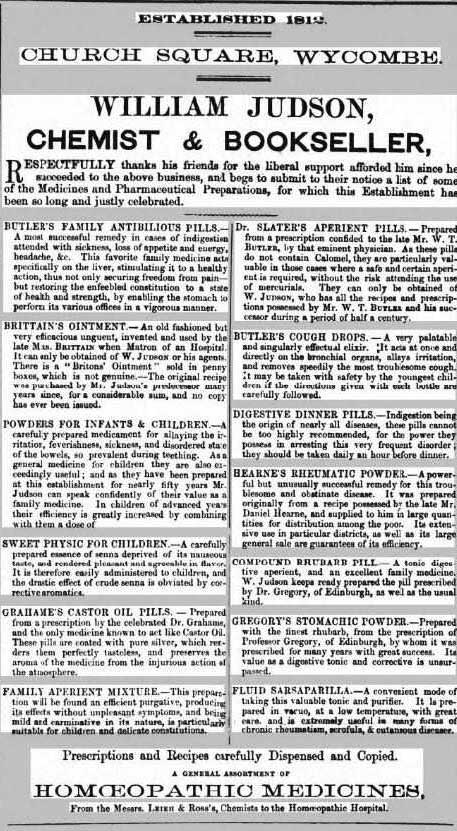
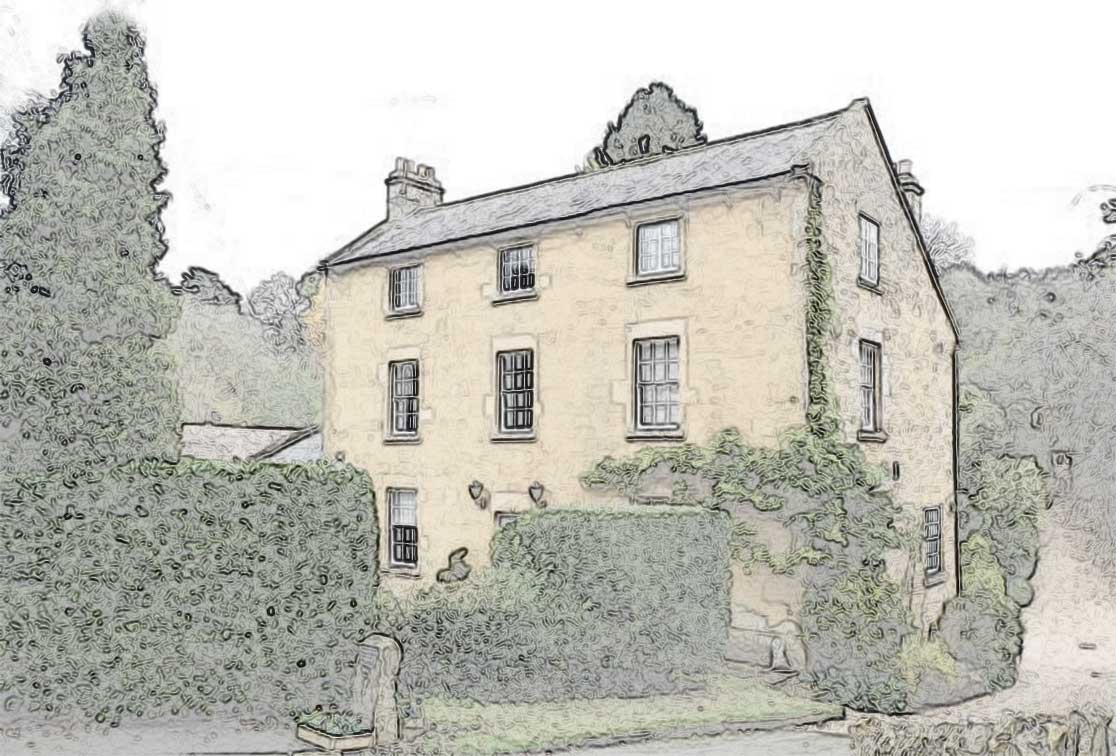
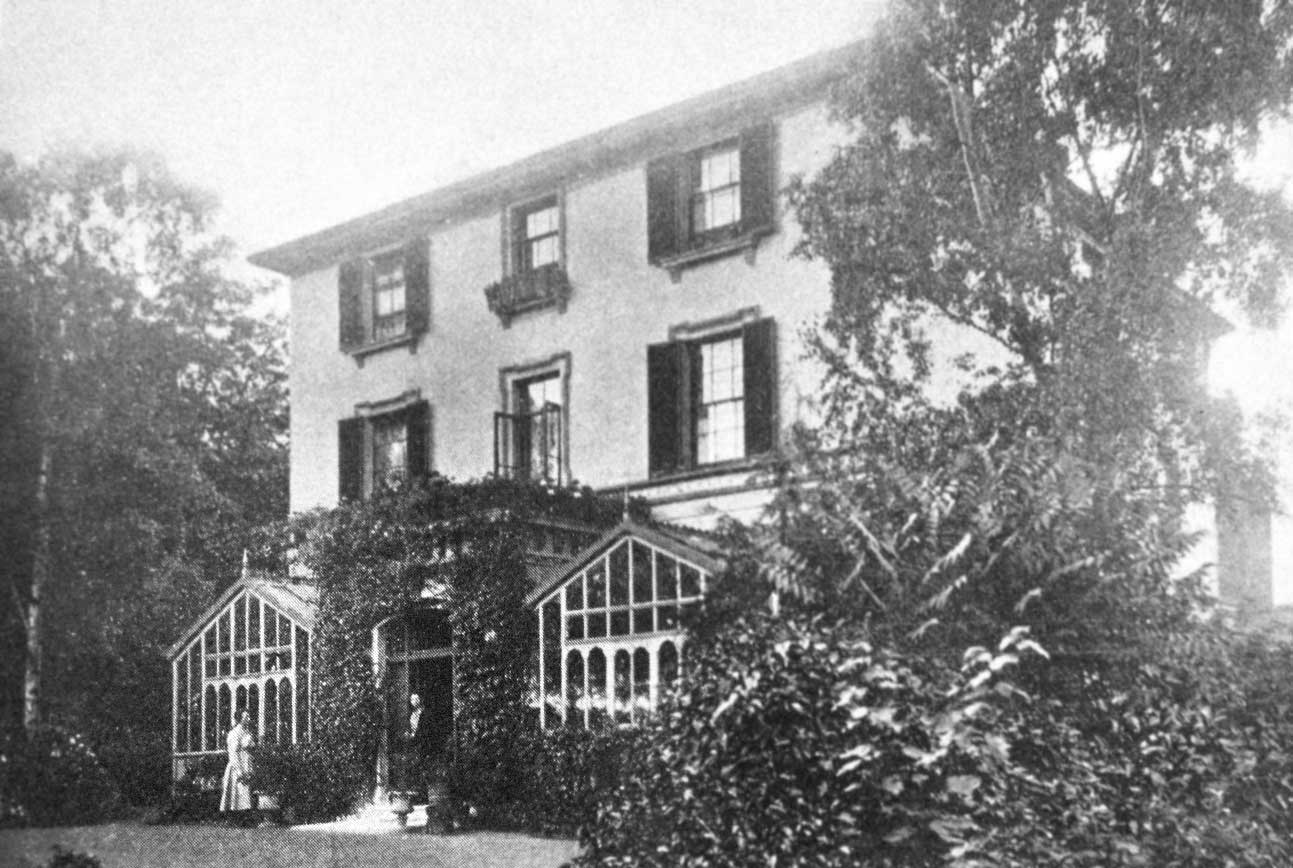
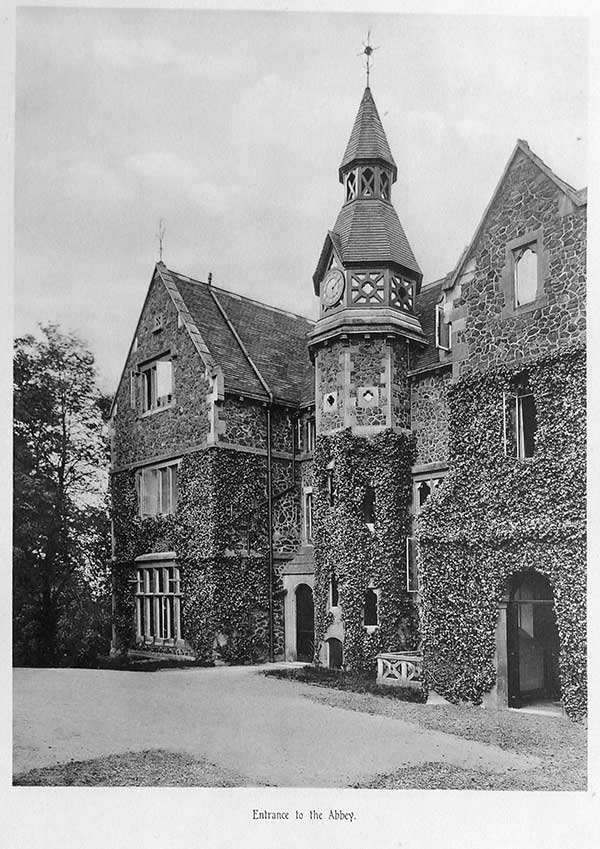 About
1908 Florence Judson moved her school to an imposing residence with a distinctive
clock tower known as The Abbey in Malvern Wells, following the death of its
owner, wealthy widow Hannah Finnie.
About
1908 Florence Judson moved her school to an imposing residence with a distinctive
clock tower known as The Abbey in Malvern Wells, following the death of its
owner, wealthy widow Hannah Finnie.